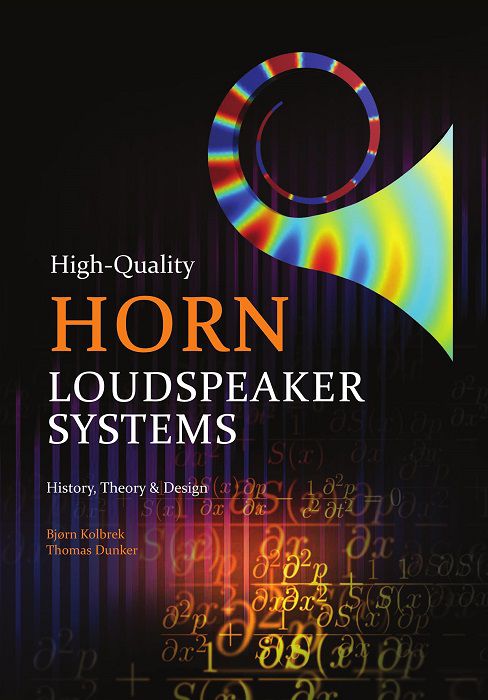Search the Community
Showing results for tags 'horn theory'.
-
(This is a continuation of a deeper look into horn-loaded loudspeakers as a result of an in-depth review of Floyd Toole's book (Sound Reproduction, 3rd edition). Many threads have been about horn (a.k.a., waveguide) loaded loudspeakers on this forum. This isn't the first--nor will be the last. What's different about this thread is that it addresses those readers that are a little more than "just a little curious" about horns/waveguides and why a company like Klipsch produces loudspeakers that effectively 100% have some sort of horn loading of drivers. (Even earbuds are "waveguide loaded": the ear canal is a waveguide). This thread is aimed at those people that would interested or motivated to buy this book and read it, but need just a little help getting up on the technical language. In other words, this thread is a gloss or explanation/exegesis of this text: This book is available from Parts Express (in the US) and elsewhere. Here is the book's website for those living in other countries: https://hornspeakersystems.info/. It's not an inexpensive book, but when you see it, you will understand the price--it's over 1000 pages--large pages and has many thousands of figures, etc. _____________________________________________________________ "Why horns?" That is the subject of this entire thread. Based on another thread that reviews Floyd Toole's book, Sound Reproduction (third ed), it became clear that an in-depth discussion of horn-loaded loudspeakers, and horn/waveguide theory in particular, is needed for those that wish to learn more, and which are not deterred by the technical challenge of learning more about it. Why here? Klipsch has always been about horn-loaded loudspeakers (even when it wasn't cool--which was a lot of years). As such, I consider the Klipsch name synonymous with horns. If that changes, I would be extremely surprised. I feel that an in-depth thread to counterbalance the "frequency response is king" direct radiating monkey coffin enthusiasts...is sorely needed. I've been waiting for someone else to do it. It hasn't happened, however, except for the author of the book that we'll be using (released in late 2019)...Bjorn Kolbrek. (The first part of the book--the history of horn loudspeakers, was mostly written by his co-author, Thomas Dunker). This is as good a time as any to start in this forum. I think PWK would actually be flattered to know his technical legacy survives. I hope that I'm up to the task. I've had a lot of practice of late (tutorial threads) and good familiarity with the subject matter--albeit at an engineering ("educated consumer") level. If anyone in Klipsch engineering wants to take on this task--I'll get out of their way. Perhaps this thread might kick-start that involvement...or perhaps not. Comments from Klipsch design engineering staff are always welcome. As this thread develops, I expect the format to be refined as we go along. Questions are encouraged, but this is not a "social media thread": if you want to talk about the social aspects of owning and listening to horn-loaded loudspeakers...start another thread! You can link to those threads from this thread if you feel it's relevant to do so. If you are still bothered by the technical language even after reading the gloss explanation here, you still have a couple of choices: You can ask questions about those specific horn theory topics here or perhaps the mathematics of horn theory here, or If you are still bewildered by the whole subject, start another thread and talk about it, and you can link back to that thread here for reference. My initial approach is to follow the book's table of contents, starting at chapter 9 (page 413) of the book. If this proves to be too laborious or not useful from the perspective of "why horns?", I reserve the right to change it up to keep the thread moving forward. Here is a table of contents of the book: https://hornspeakersystems.info/images/pdf/TOC.pdf. The contents of chapter 9 are: Title: Horn Loudspeakers - an Introduction 1 Efficiency 2 Impedance Transformation 3 The Horn Loudspeaker 4 Directivity 5 Basic Topologies: 5.1 Front-Loaded Horns 5.2 Rear Loaded Horns 5.3 Full Range Systems 5.4 Multi-Way Systems Since there are 30 chapters (22 chapters to go, that are specifically related to this thread) and three appendices...comprising over 500 pages, this is going to take a while. We're not in a hurry, however: the Klipschorn was designed over 75 years ago and it's still around. 😉 Chris




